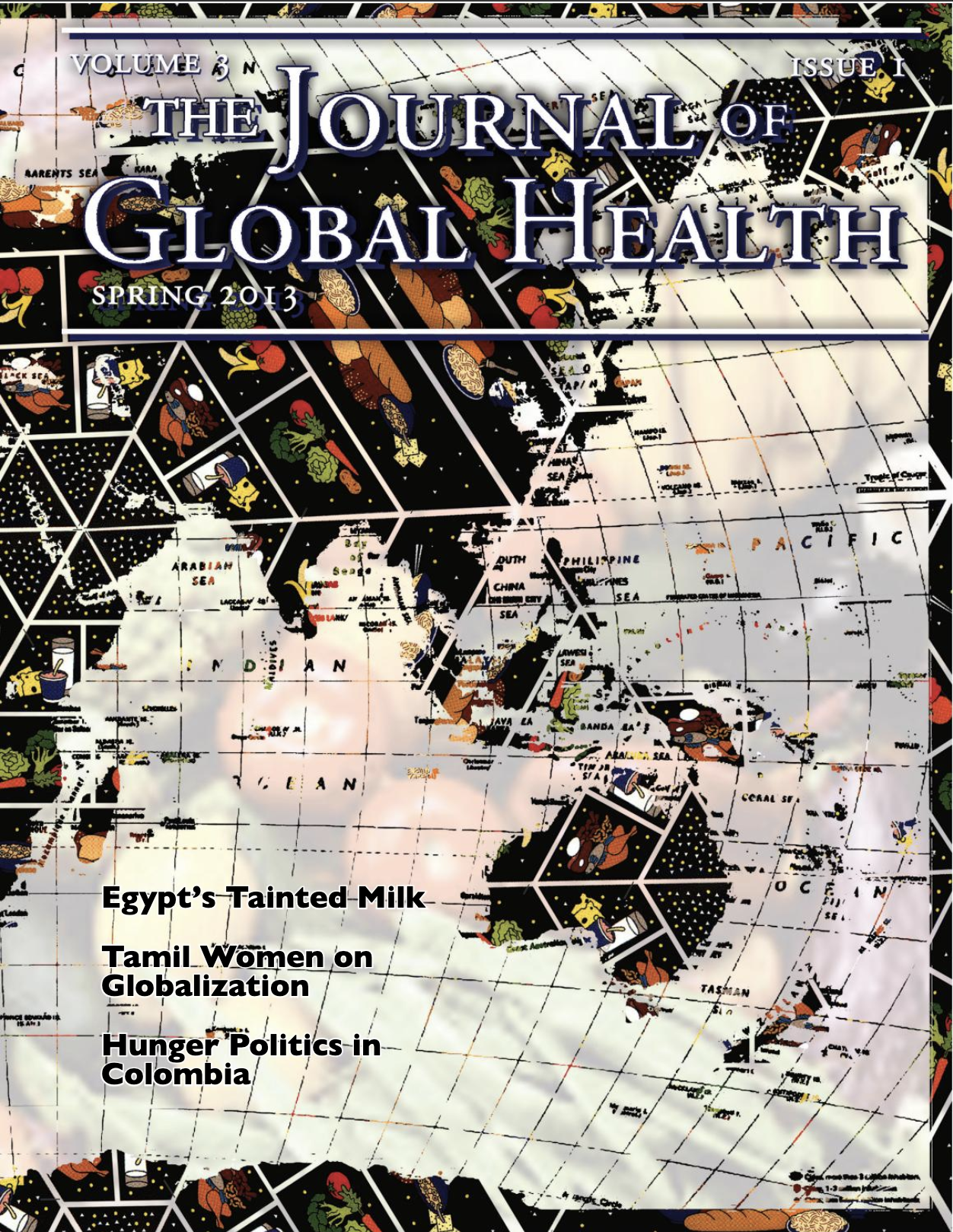The Burden of Hepatitis C in the Injection Drug User Population
Main Article Content
Abstract
Hepatitis C virus (HCV) is estimated to affect about 130 million people worldwide, but determining the actual incidence of HCV infection is complicated by the asymptomatic nature of the disease. Asymptomatic individuals do not physically manifest the disease but still have the potential to transmit the disease to others, and chronically infected persons face the risk of developing advanced liver disease, cirrhosis and hepatocellular carcinoma.1 As HCV is most efficiently transmitted through large or repeated percutaneous exposures to blood, transfusions represented the main method of transmission before the virus was identified in 1989 and improved screening techniques were implemented in 1990.1,2 Transfusion-associated transmission of HCV has essentially been eliminated in most of the developed world, due to risk reduction measures such as screening blood donations and potential donors.3 Transmission via injection drug use is now the predominant mode of transmission in these countries, accounting for 60-75% of infections.2

